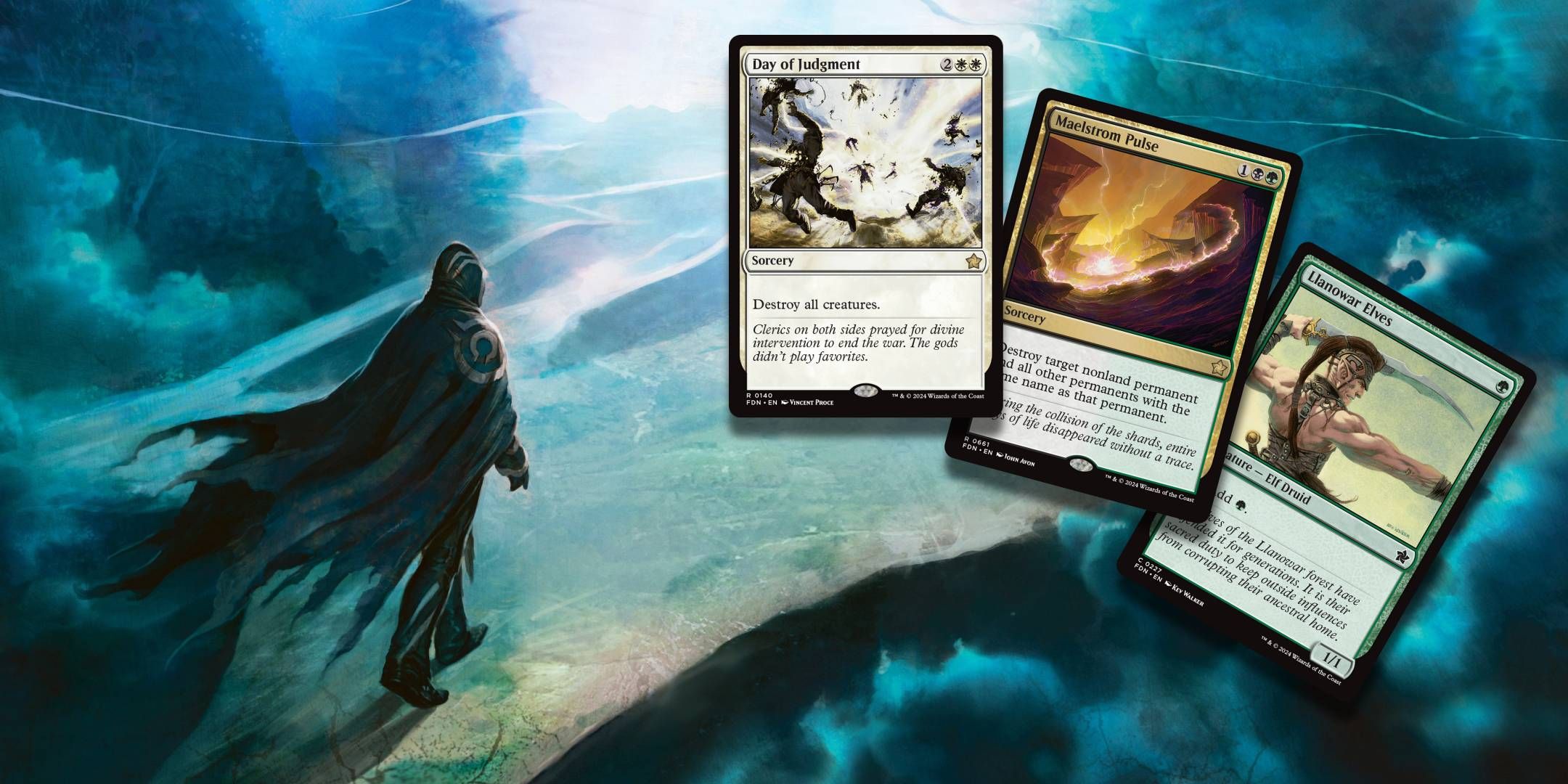Magic: The Gathering is a sport that combines approach, creativity, and the deep sense regarding community. Whether you are a complete beginner or looking to perfect your skills, comprehending how to create your first deck is surely an essential step into the world involving this iconic card game. With hundreds and hundreds of cards obtainable, the possibilities may feel overwhelming. Nevertheless, with the correct approach, you can develop a competitive terrace that reflects the unique style and strategy.
In this guidebook, we will walk you through the process of outdoor patio building, offering useful tips and insights that will help you navigate the complexities of cards selection, color synergy, and game mechanics. From choosing the right card blends to understanding the crucial elements associated with mana, creatures, in addition to spells, we are going to supply you with the knowledge you require to craft decking that not only stands out but also stands an opportunity in gameplay. No matter if you're aiming regarding competitive play or even a casual online game night with pals, our step-by-step approach will set a person on the course to success.
Getting Started with Deck Constructing
Developing your first Magic: The Gathering deck can be an exciting journey into the associated with strategy and creativity. To be able to start, familiarize yourself with the simple rules of the game and the different types associated with cards available. Knowing the structure regarding a deck, like the balance involving creatures, spells, and mana sources, is essential. For the beginners, focusing upon a simple style or strategy can assist guide card options and streamline the deck-building process.
Next, take into account the colors involving mana you would like to work with. Each and every color has the unique strengths and even weaknesses, so think about what playstyle resonates with a person. Do you prefer aggressive tactics of which overwhelm your opponent quickly, or a more defensive approach that controls the pace of the game? Choosing the right color mixture will lay the foundation for your deck's identity and overall strategy. Do not forget that buy magic singles -balanced deck generally contains a blend distinct card types, ensuring you have alternatives during gameplay.
Lastly, as you begin selecting cards, keep a register of essential parts. When reviewing potential additions, ask your self how each greeting card will fit directly into your overall method and how it will lead to your own deck's synergy. It's also important in order to avoid making common errors, such as including too many high-cost playing cards or failing to have enough mana sources. Look closely at the curve of the porch and ensure that it comes along with a good mix of early-game and late-game options. http://hovemccurdy19.jigsy.com/entries/general/Making-Your-Spellbook-The-Beginners-Blueprint-intended-for-Building-the-Excellent-Magic-The-Gathering-Deck is actually a personal journey, so appreciate the creative method and have entertaining experimenting.
Essential Elements associated with a fantastic Deck
When going on your trip to build a prosperous Magic: The Gathering deck, understanding the essential components is essential. Every winning floor contains a well-balanced blend mana resources, creatures, and spells. Mana is the lifeblood of the deck; it allows you to throw your spells and even summon creatures. Purpose for a ratio of about 40% lands to 60% spells, keeping throughout mind that the specific balance may well vary based about your deck's approach. This foundation can ensure you have the resources necessary to carry out your game strategy effectively.
Creatures are the primary means of victory in several decks. They certainly not only attack your own opponent but also defend you from incoming threats. Choose creatures that match your deck's general strategy and target for a variety of power levels and abilities. Combining creatures with synergy can elevate your deck's effectiveness, allowing for powerful combos and tactics. Make sure to include ways to be able to protect your beings and approaches to draw more cards to be able to keep your hands full and your own options open.
Spells include versatility to your terrace and can switch the tide regarding battle in your own favor. They come in several forms, including treatment spells, instants, and even enchantments, each helping unique purposes. Remove threats, buff your own creatures, or affect your opponent's programs with well-timed spells. Identify your deck's win conditions and choose spells that support these strategies. A well-rounded choice of spells not merely provides offensive possibilities but also strengthens your defensive capabilities, making your outdoor patio more adaptable throughout different game scenarios.
Testing and Refining Your Deck

Once you have got built your initial Magic: The Gathering deck, the next crucial step will be testing it against other decks. This specific can be done by playing casual games with friends, becoming a member of local events, or perhaps using online simulators. Look closely at how your current deck performs inside various scenarios, writing its pros and cons. Assessment will help a person know how your cards interact and whether or not your strategies work as intended.
When you playtest, take note regarding any recurring issues. Have you been frequently mana-starved or flooded? Perform certain cards underperform, while others shine? This specific information is very helpful for fine-tuning your current deck. Adjust card quantities or change out underperforming credit cards for alternatives. This particular iterative process permits you to refine your strategy and ensure your current deck aligns using your desired playstyle.
Lastly, consider seeking suggestions from fellow gamers or watching deck-building streams and videos. Engaging with the Magic community could provide new observations and ideas that you not have deemed. Don't hesitate to be able to make changes structured on the opinions you receive, as creating a successful deck may be a collaborative plus evolving effort. Always keep testing and improving until you have a deck that you just sense confident in for both casual and competitive play.
